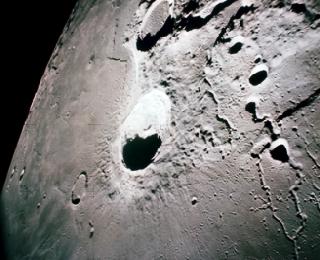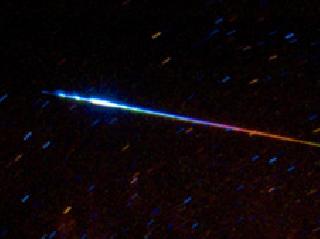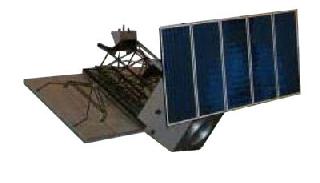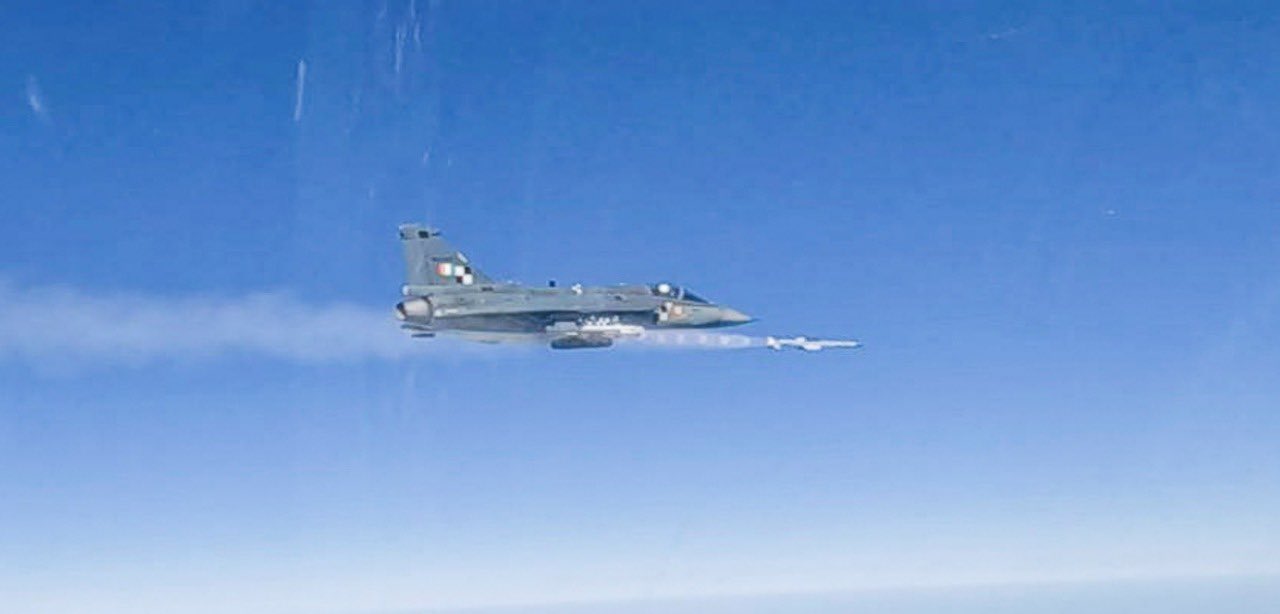
A file photo.
LONDON (PTI): Contrary to the findings of water in the Moon by recent lunar-impact missions, including India's Chandrayaan-1, scientists claim that the interior of the Earth's satellite may be too dry to host any kind of life.
Chandrayaan-1 has recently found thick deposits of water-ice near the Moon's north pole, while other missions claimed that ample water was present in Moon's minerals.
But American researchers, who analysed chlorine isotopes of the lunar rocks brought to Earth by the Apollo space missions, claimed there was no or very little hydrogen in the magma ocean during the Moon's formation.
And that would mean the Earth's natural satellite may have always been too dry to host life, the BBC reported.
Zachary Sharp from the University of New Mexico, who led the latest study, said they found the moon was 'anhydrous' or bone dry.
"It's free of water... What this means is that when the moon formed, it did not incorporate water and CO2 when it evolved early on," said Sharp, whose study has been published online in the journal Science.
According to scientists, the Moon was formed following the collision of a Mars-size object with the young Earth about 4.5 billion years ago. It crystallised and cooled shortly thereafter. But, it is believed that before it cooled, there was a so-called magma ocean on the Moon's surface -- molten rocks, capable of retaining high quantities of water.
"As the Earth has cooled and crystallised, there were gases from volcanoes coming to the surface and the steam from them has probably formed the majority of the oceans. Our oceans came from water dissolved in rocks," said Sharp.
"The same thing may have happened on the Moon, except that the Moon is too small; gravity is too weak to retain this water so it would have been lost to space."
In their quest for water on Moon, researchers have had to rely on the analysis of lunar rocks that US Apollo space missions brought to Earth in the late 1960s and early 1970s.
The main goal has always been to find hints that the rocks were hydrated when they cooled, said the scientist.
Dr Sharp and his team decided to analyse an extremely hydrophilic element of the Apollo samples -- chlorine, which is a very sensitive indicator of hydrogen levels.
"Chlorine loves water. And we wanted to see if the ratio of chlorine 37 to chlorine 35 was similar to Earth's or not," he said.
"We very absolutely shocked when we found that not only it's not similar, but unlike the Earth where every sample is essentially the same, here we're getting these enormous differences. They were so big that we thought at first that we had maybe some analytical errors, that we were doing something wrong.
 Previous Article
Previous Article Next Article
Next Article












The Indian Air Force, in its flight trials evaluation report submitted before the Defence Ministry l..
view articleAn insight into the Medium Multi-Role Combat Aircraft competition...
view articleSky enthusiasts can now spot the International Space Station (ISS) commanded by Indian-American astr..
view article